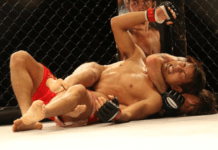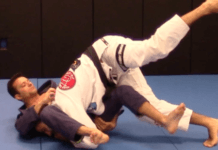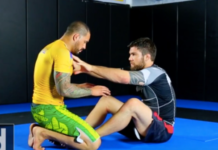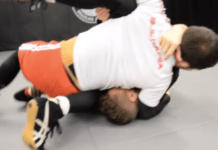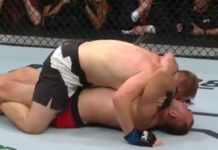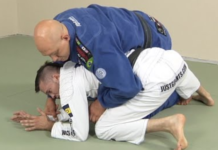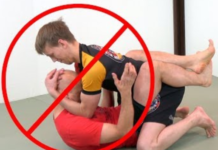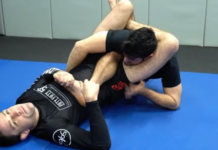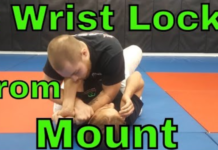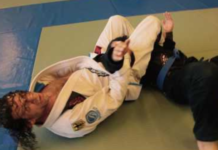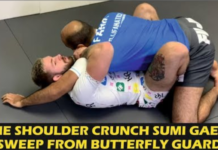If you wish to learn the basic, core moves of the BJJ arsenal, then you would do well to go to any traditional BJJ school where the instructors will teach you just that. If you wish to do a bit more digging, one day you may end up finding the so-called donkey guard. This movie was initially called “reverse jumping guard takedown” and it was later re-named “donkey guard” by internet users. The donkey guard is one of the newest BJJ positions and relatively few people in the world of BJJ have mastered it.
History of the Donkey Guard
This position was designed by Jeff Glover who began to use this position in order to taunt his opponents to attack him. The way the move works is that you lay down on all fours and you give your behind to your opponent. If your opponent falls for the bait and starts to attack you then you should throw your legs backward and close the so-called reverse jumping guard and do a takedown and go into side control or go for a leg lock. Again, we’re not saying that this is a move that you may feel proud of while doing because it seems pretty disrespectful. But again – this is the idea – most BJJ practitioners wouldn’t be able to stand to look at this position without attacking and exposing themselves.
The origin of this move comes from the Japanese martial arts technique called “kani basami” where you use your legs to do a “scissor” on your opponent’s two legs and take him down in this way.
This move is illegal in many of the sports events of the martial arts such as Judo and BJJ, however, because of the fact that by using this move you can easily severely injure your opponent’s legs. So, Jeff Glover has decided to do a variation that’s not as brutal on your opponent’s legs but that still gets the job done.
Strong and weak sides
So, what are some of the strong and weak sides of the donkey guard? Well, a very strong side is that this position is typically frowned upon by the majority of BJJ practitioners. And since it’s also relatively new, it means that very few people know the intricacies that can stem from this position. The position may look laughable to some and this will enable you to do some killer moves without your opponent expecting them – which can eventually win you the match.
The bad thing about this move is that it literally forces you to show your backside to your opponent which is almost never a good thing in BJJ. If you’re not minutely precise with the execution of the move, or if your opponent knows that you’re up to something, then you may end up in a terrible position and lose the match. So, always exercise caution when doing this move.
We think that it’s important for you to learn even the not so popular BJJ moves – at least in the sense that you will know a few variations of those moves so as to be able to defend yourself from them or use them in critical times. As for the donkey guard, if you wish to see a smooth transition from the donkey guard into the takedown and side control, you can see this video:

